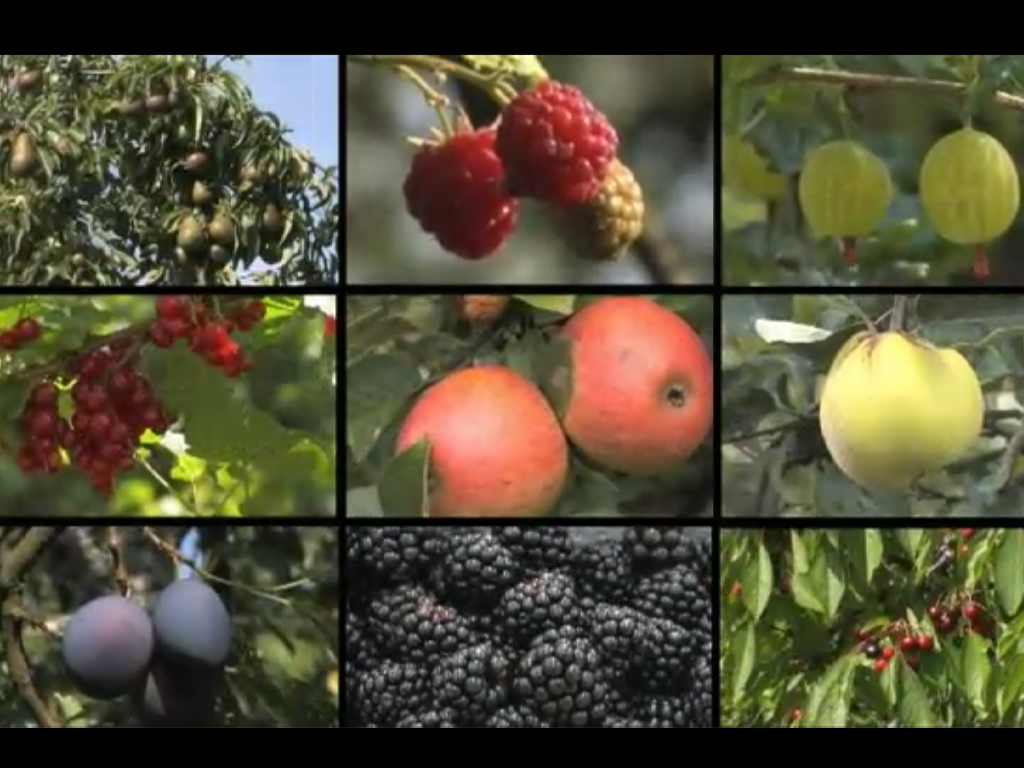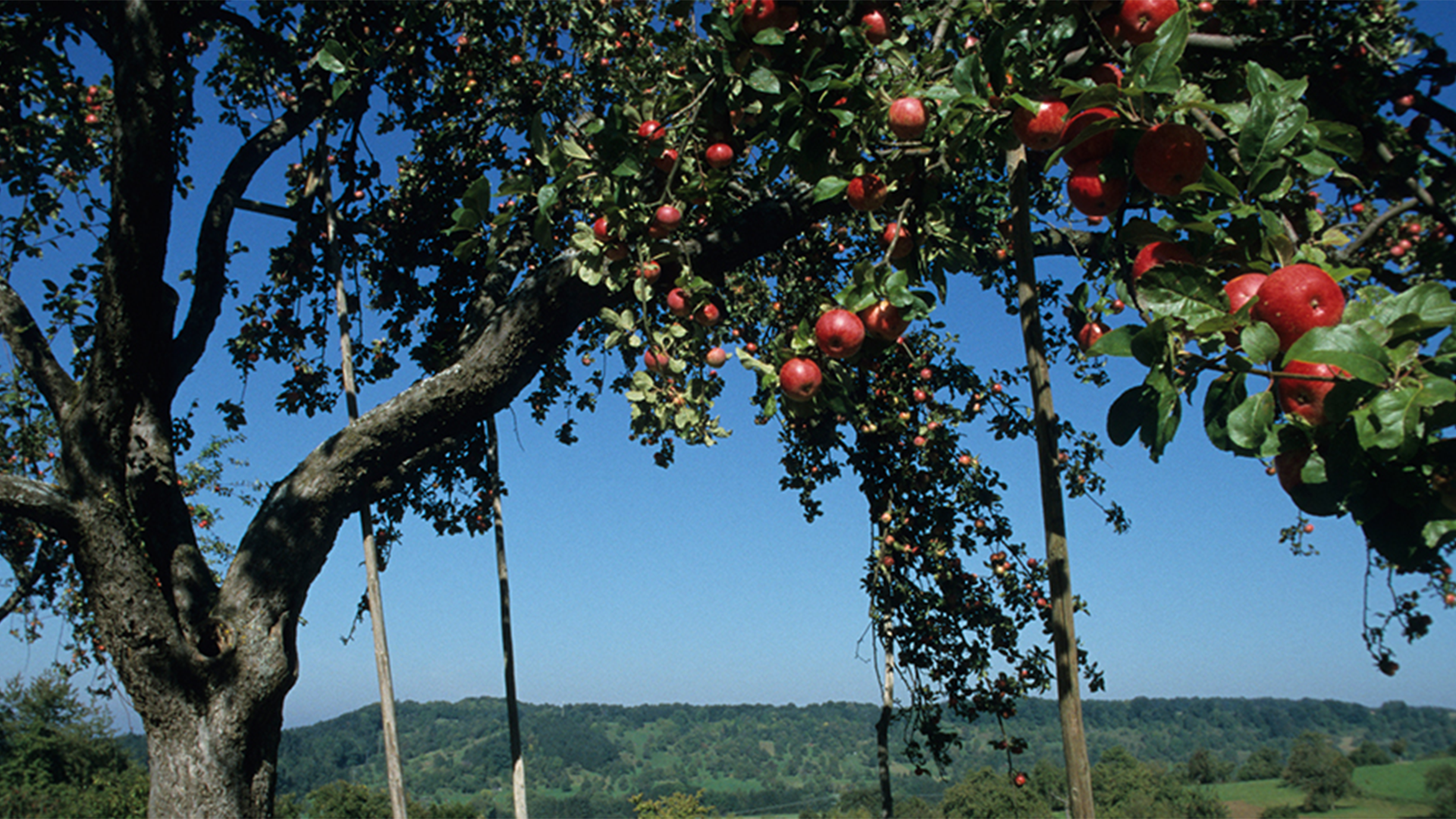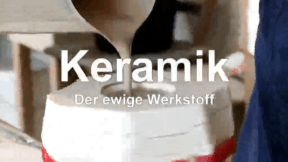 Primary School
Primary School


4664189 / 5553635
Domestic Fruit Species
Aggregate Fruit, Drupe, Berry Fruit
The film deals extensively with the topic "Fruit". In a simple and comprehensible manner but with professional accuracy, it tells the primary school children about processes in nature. They learn how fruits form and develop on fruit trees and bushes. Information on domestic fruit farming is provided and they get to know the importance of fruit for a healthy diet. The film deals with the following core themes: domestic fruit species (various species, appearance, spread ...), aggregate fruit (pollination and fertilisation, developmental stages of an apple ...), drupe (structure and components of a cherry blossom, cherry tree transformation ...), berry fruit (ingredients, harvest time, vitamin content ...), methods of cultivation (plantation, orchards and their animal life ...), processing (harvest, apple juice production, preparation of jam ...). The film is divided into 5 menu items (chapters). Each chapter can be dealt with separately. Together with the comprehensive accompanying material, the film is ideally suited for use in lessons.
Play trailer

Curriculum-centred and oriented towards educational standards
Matching
The Daily Newspaper
Every day, there is a surge of news reaching us via different news channels. In spite of TV and Internet, the daily paper still is one of the most important main sources of news. But how is a newspaper created? The film shows the production of a paper in the course of one day. Starting with the editorial meeting in the morning, in which the topics and deadlines are determined, the film accompanies a journalist during her research work. You can see how a journalistic interview is conducted and what the photographer must consider when taking a press photo. Back in the editorial office, the editor’s work is illustrated, which includes the page layout and the writing of an online article in today’s time. Impressive pictures from the printing centre depict the process from the digital page to the finished newspaper. Together with the comprehensive accompanying material, the DVD is perfectly suited for use at school
Ceramic
Ceramics are indispensable in our everyday lives. We eat from ceramic plates, drink from ceramic cups, use tiled ceramic bathrooms. But how is ceramic manufactured? The film reveals the secrets of this fascinating material! We get to know more about the beginnings of ceramic in the Old World of Egypt and Mesopotamia, about Greece, China and Rome. We gain interesting insights into the valuable earthenware and are also shown the exquisite further development of the "white gold". Today this versatile material is irreplaceable in industry, too. Whether in space or as an easily compatible substitute in medicine, ceramic is applied in many places.









